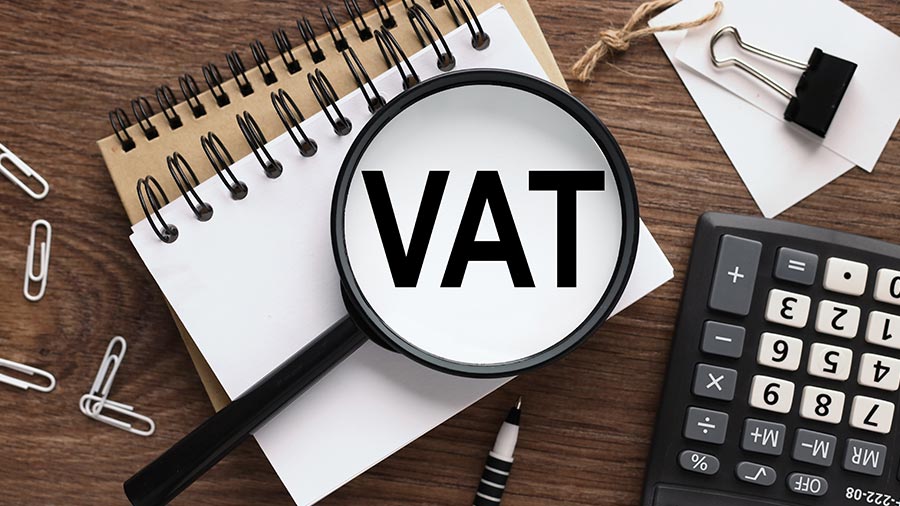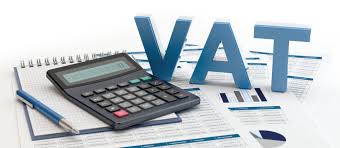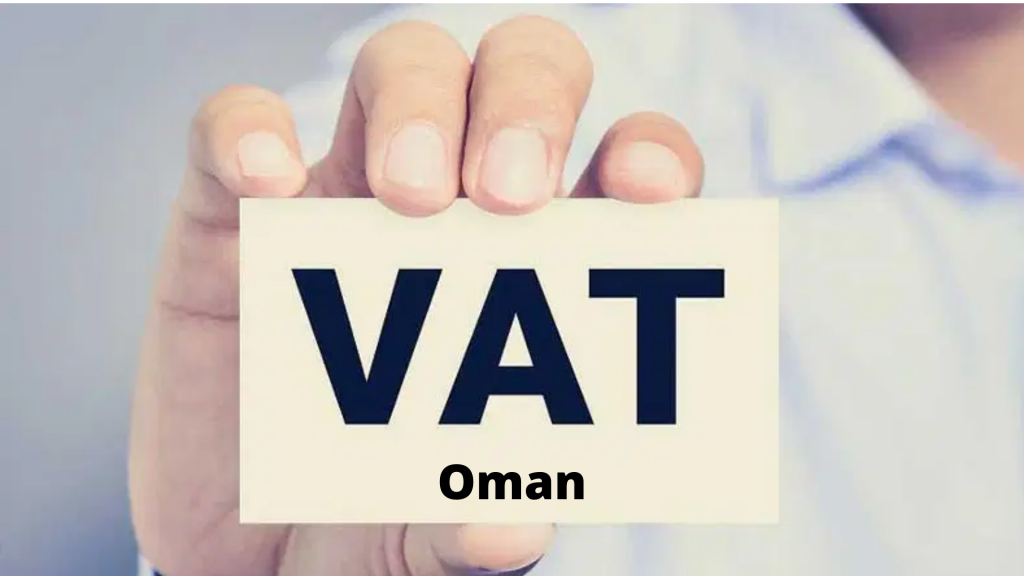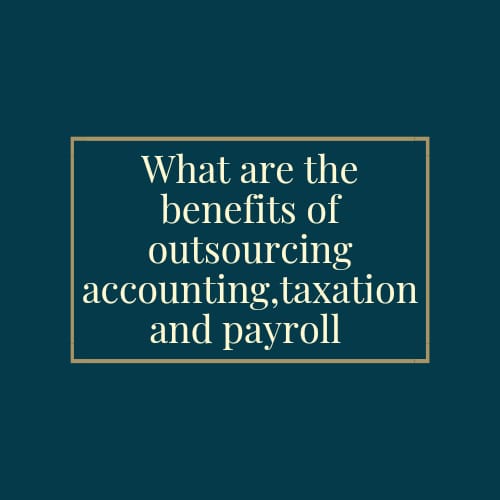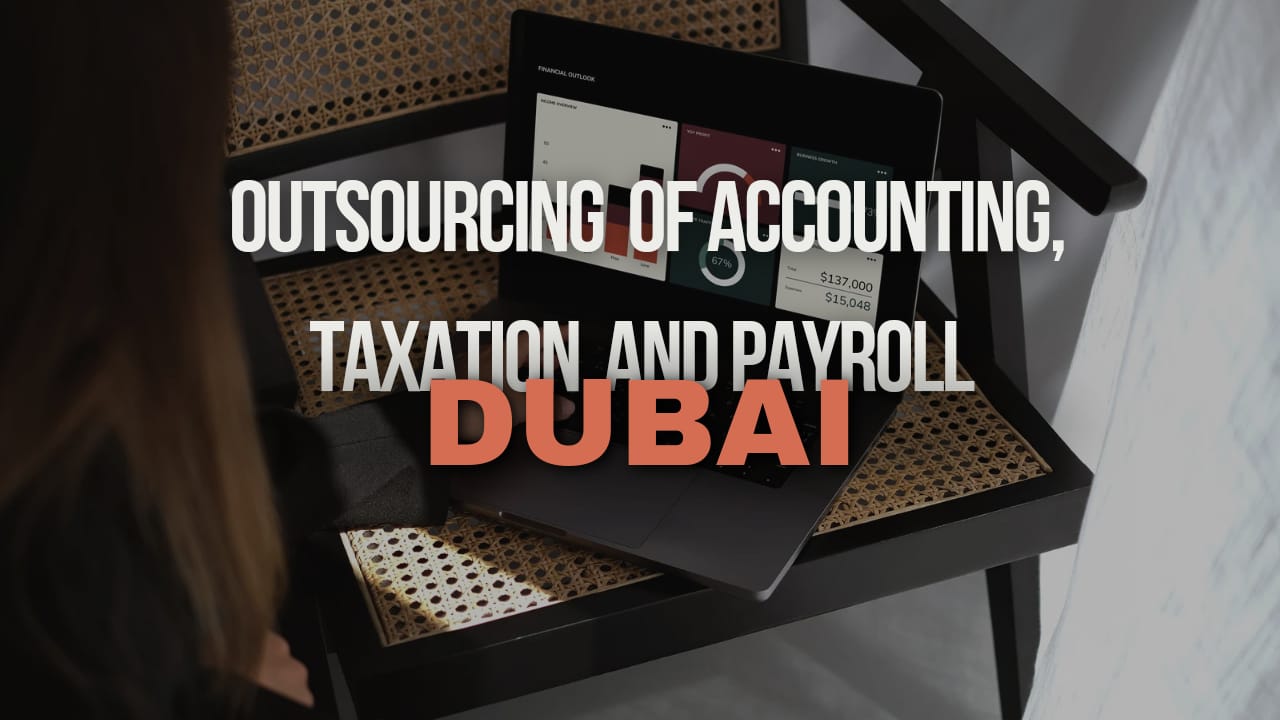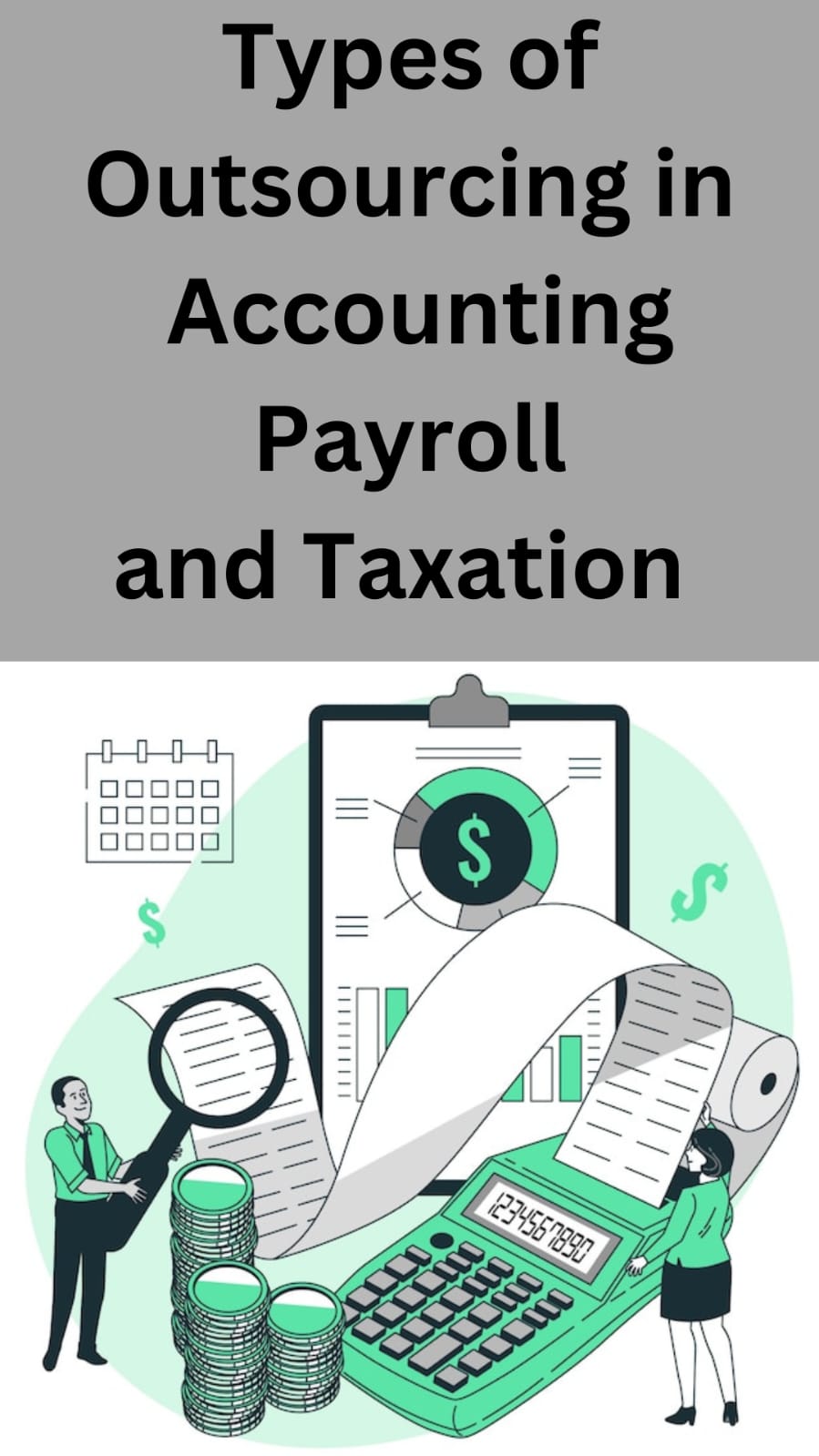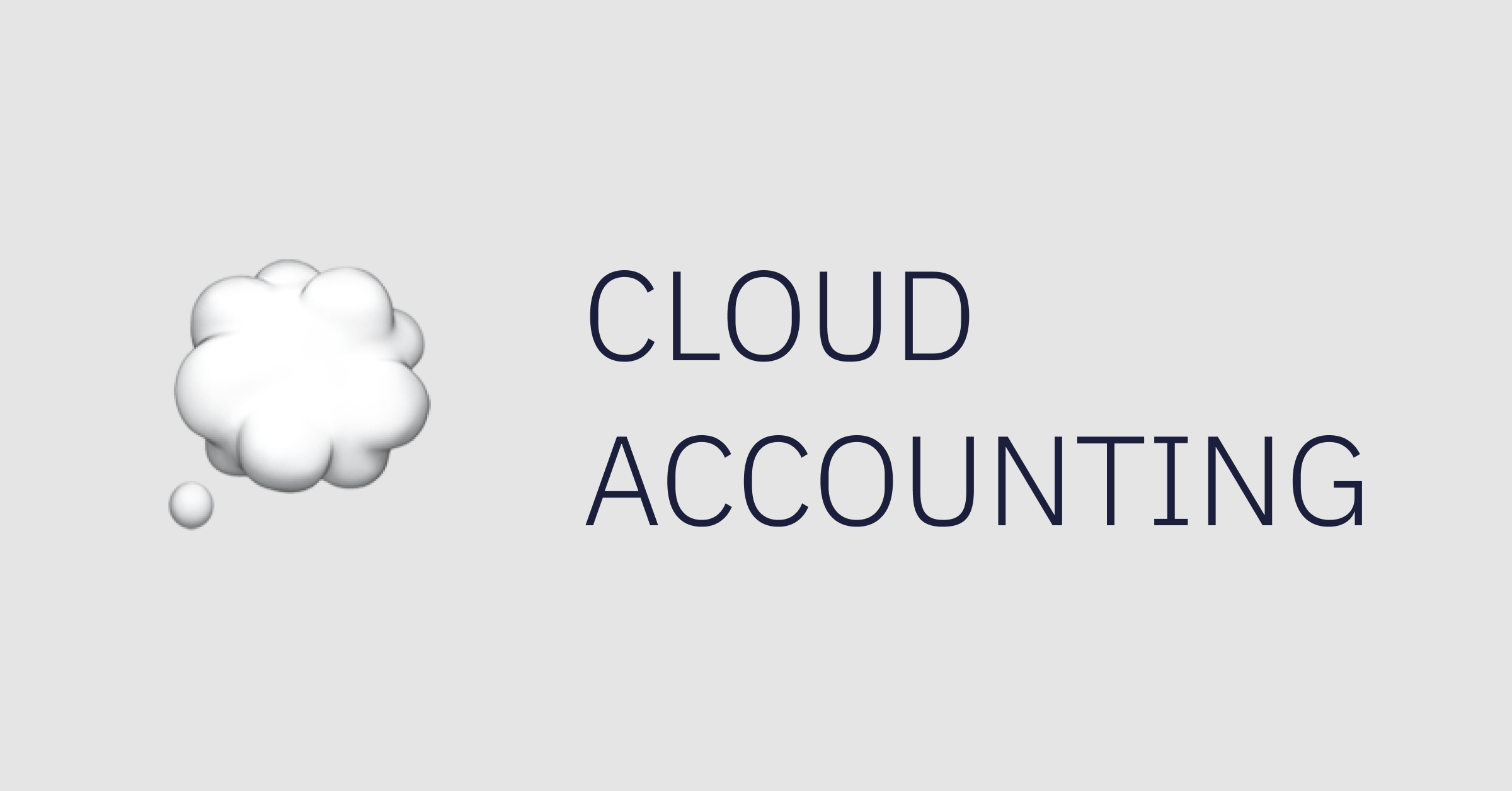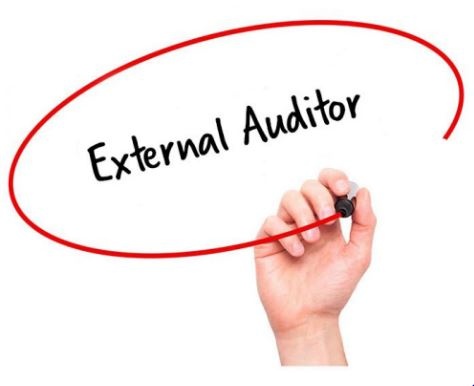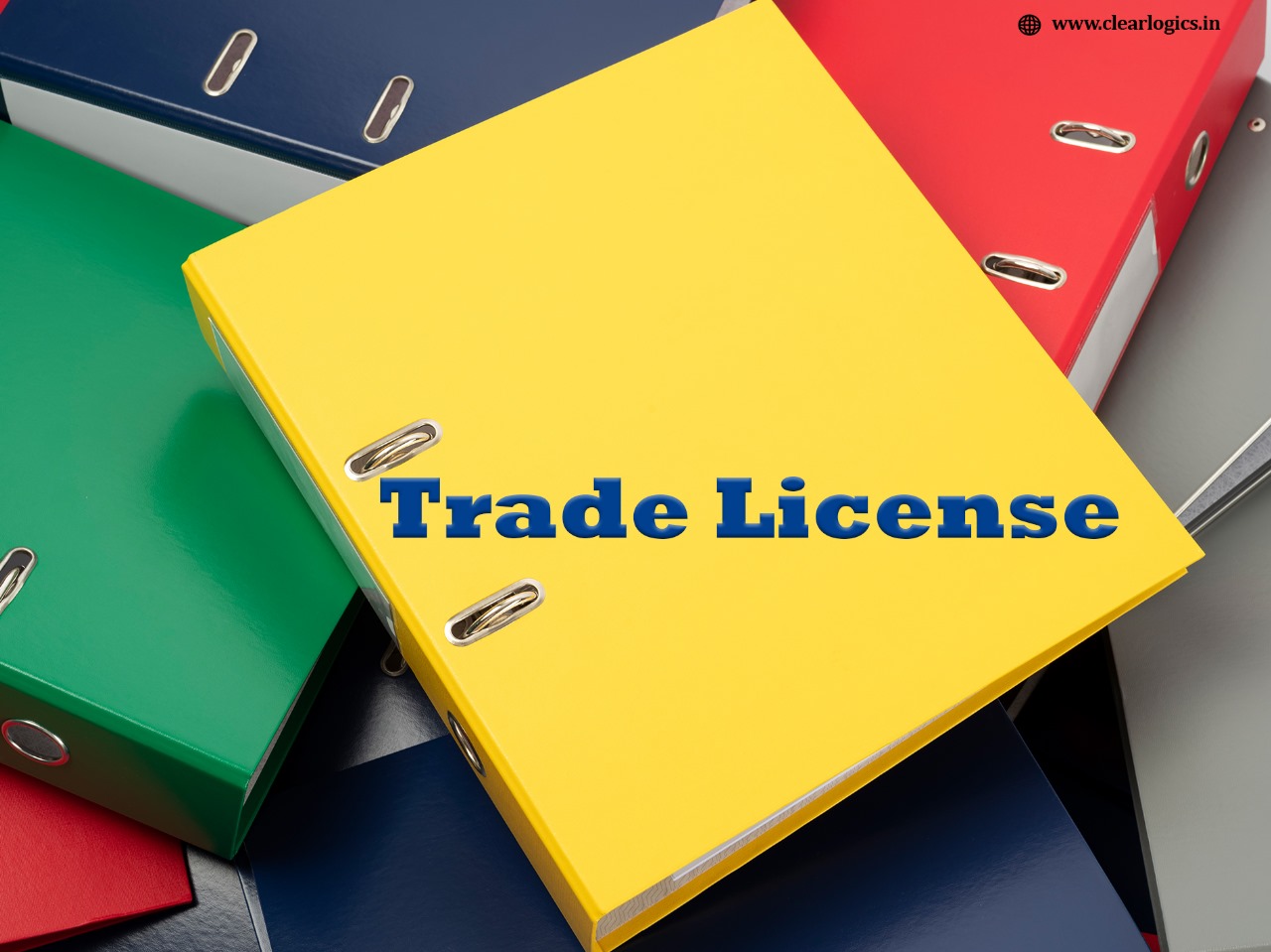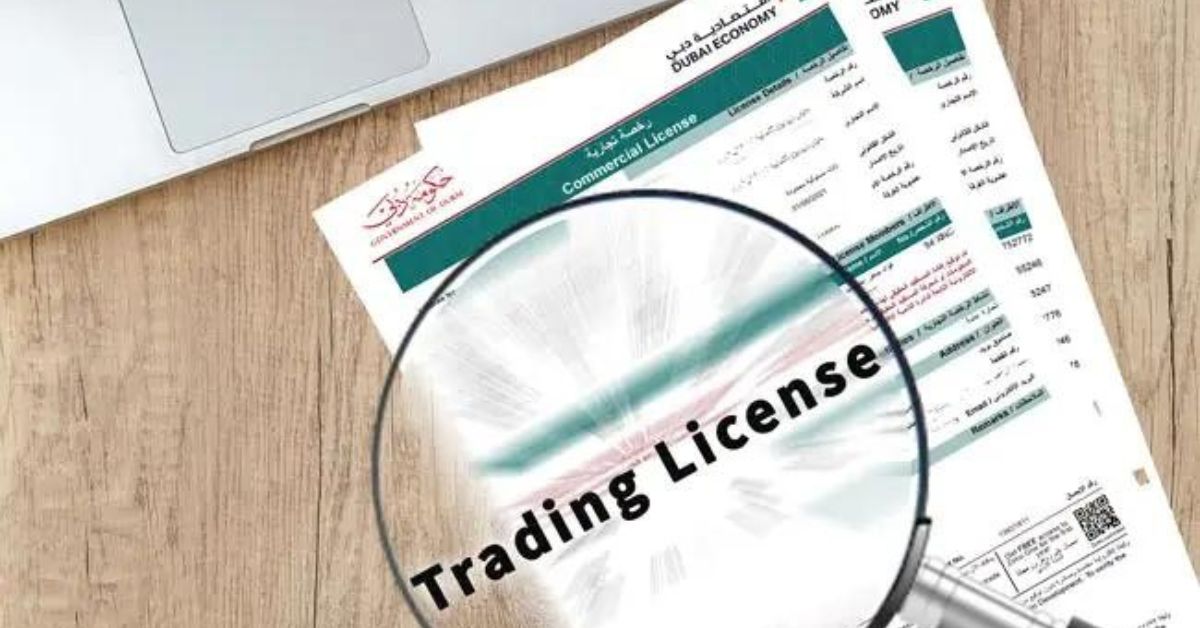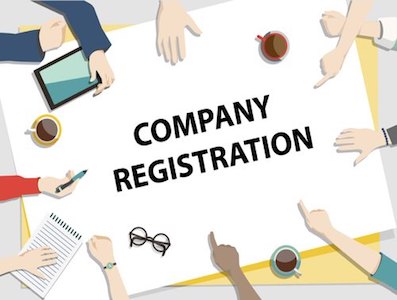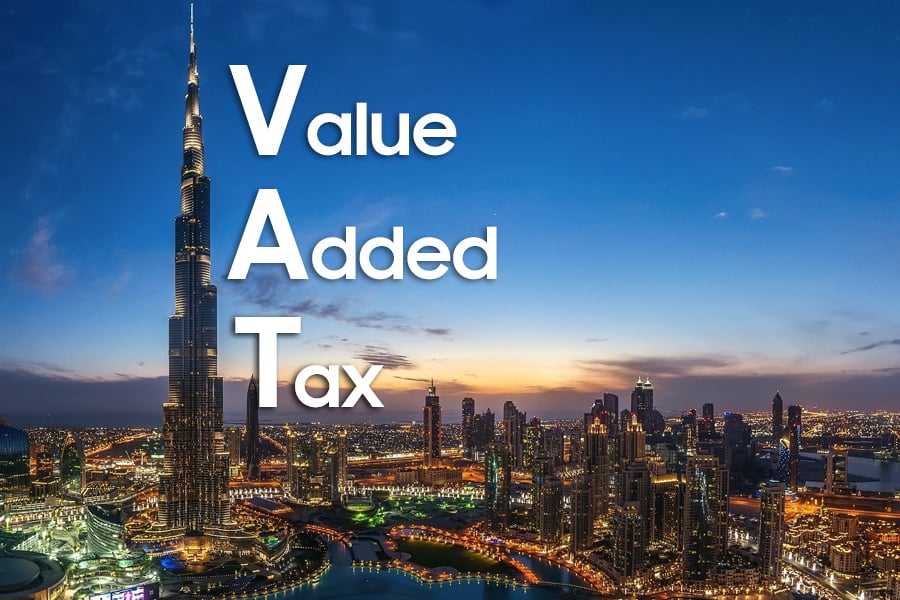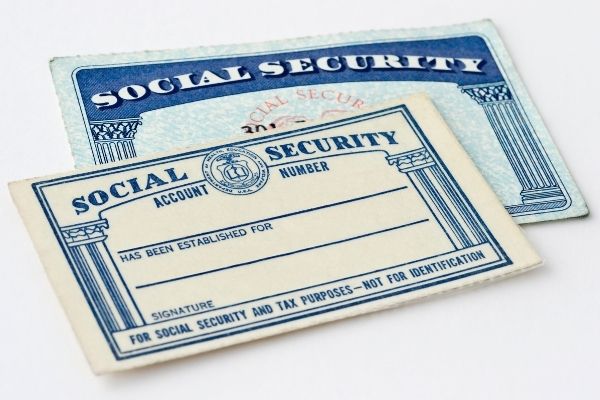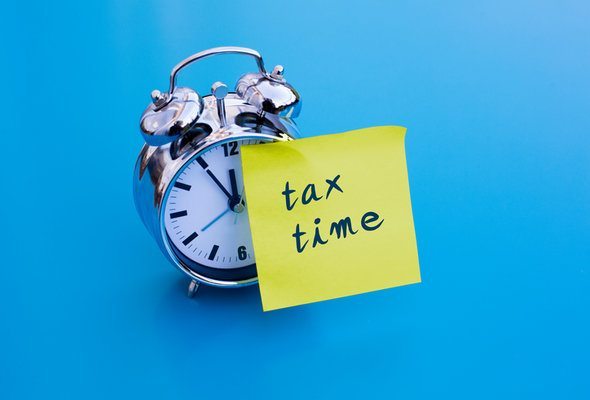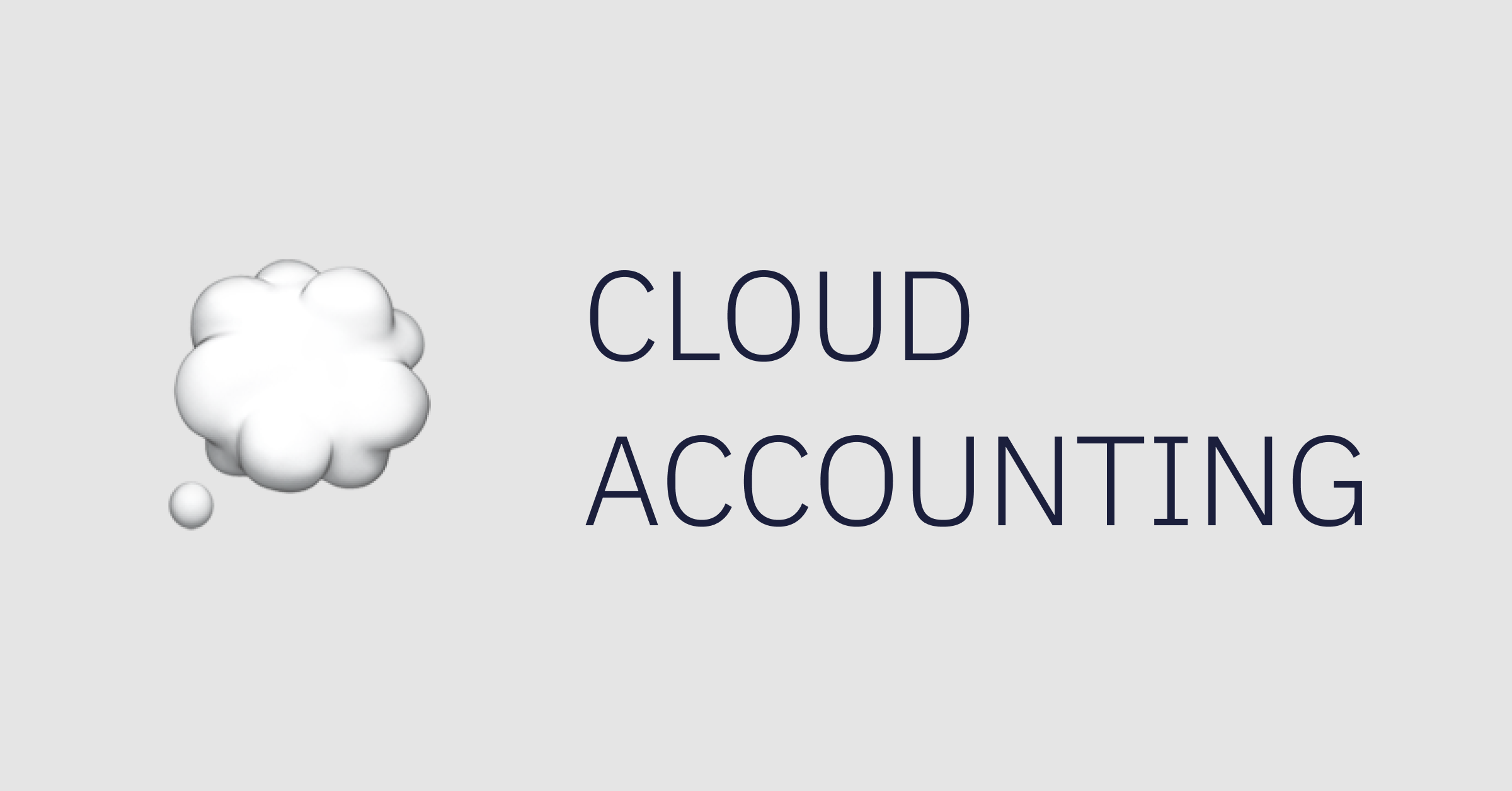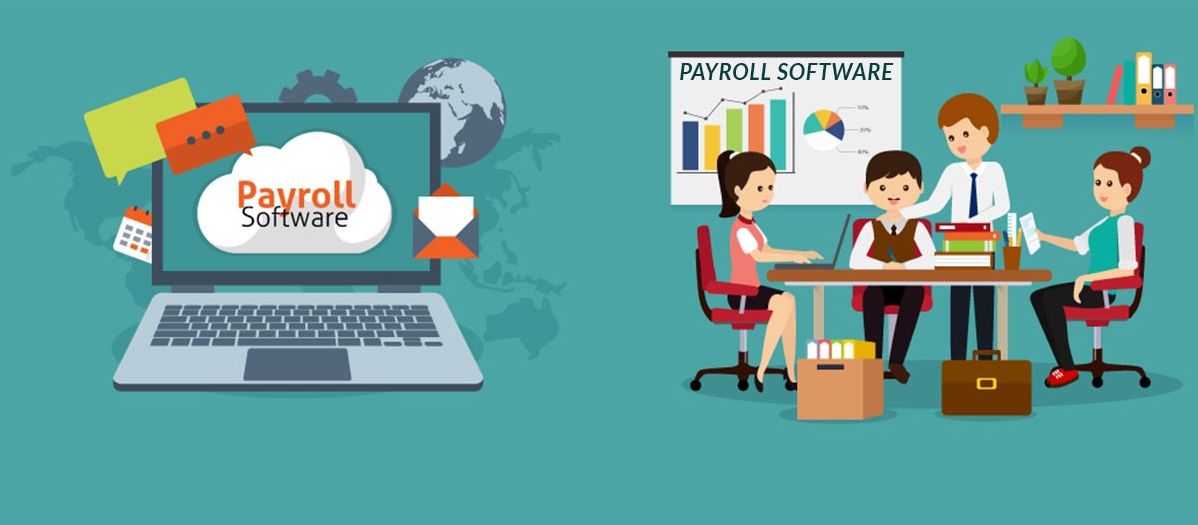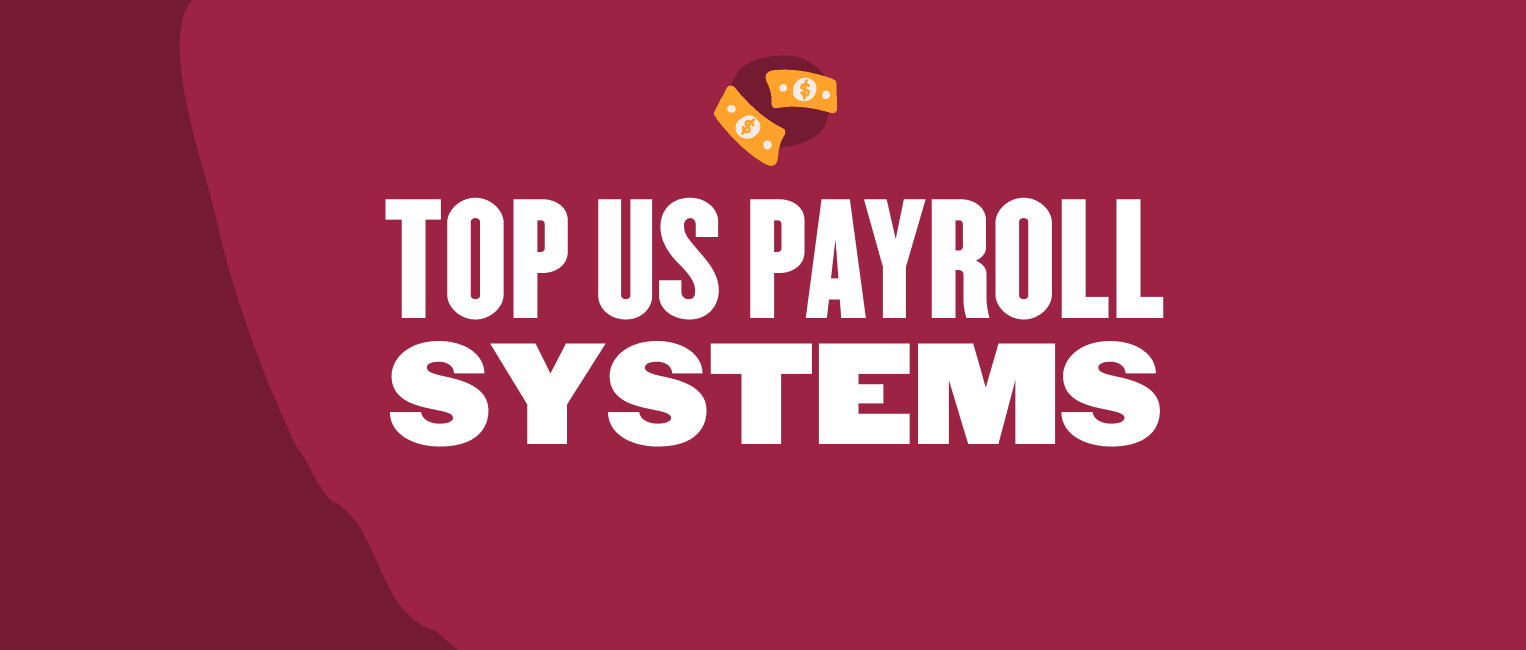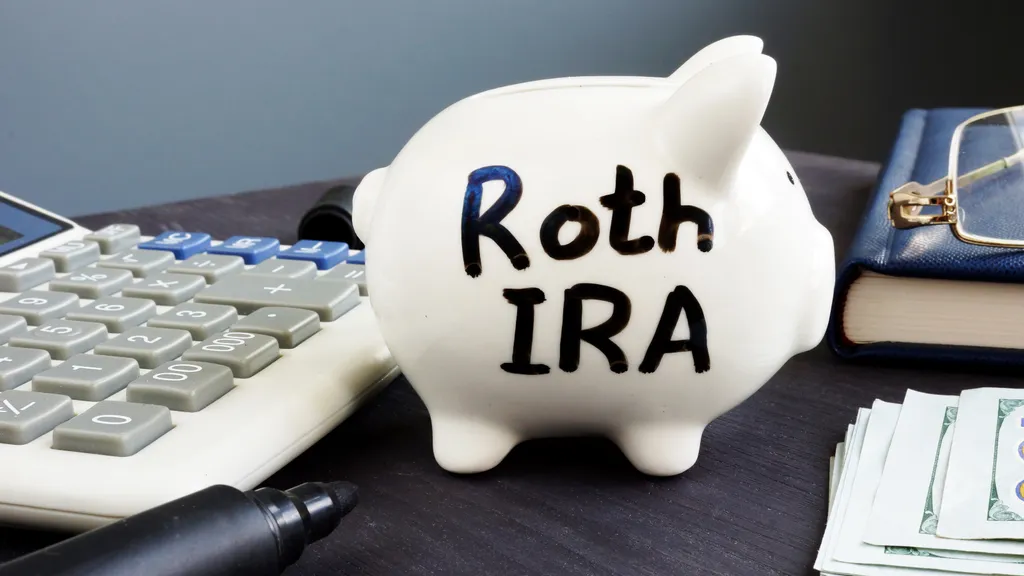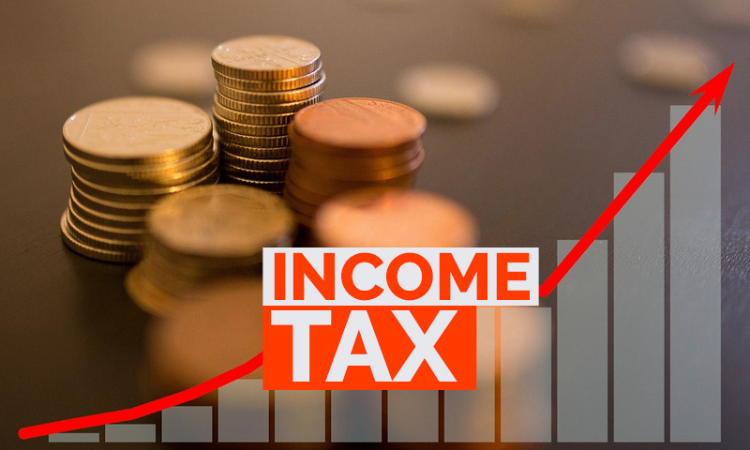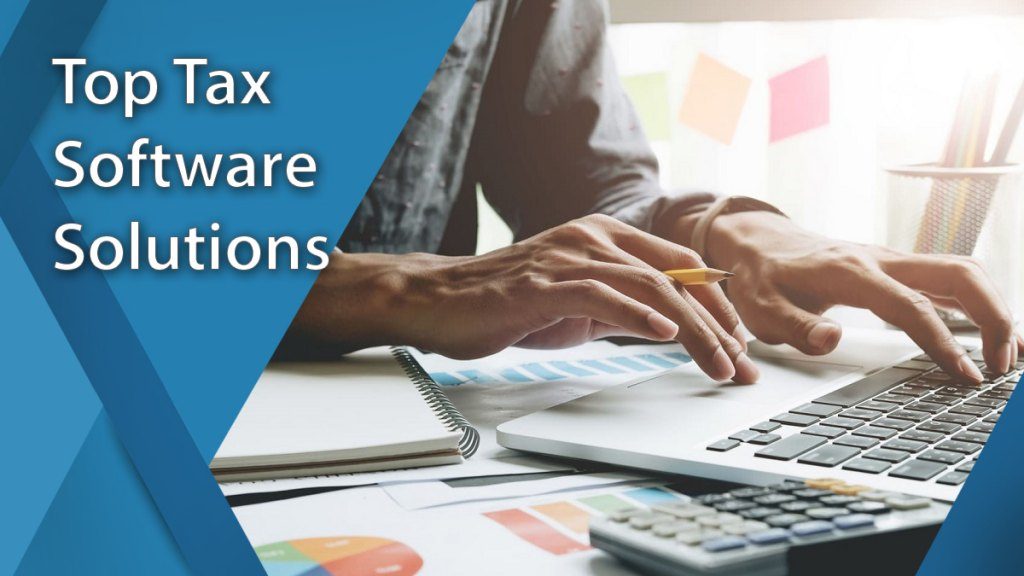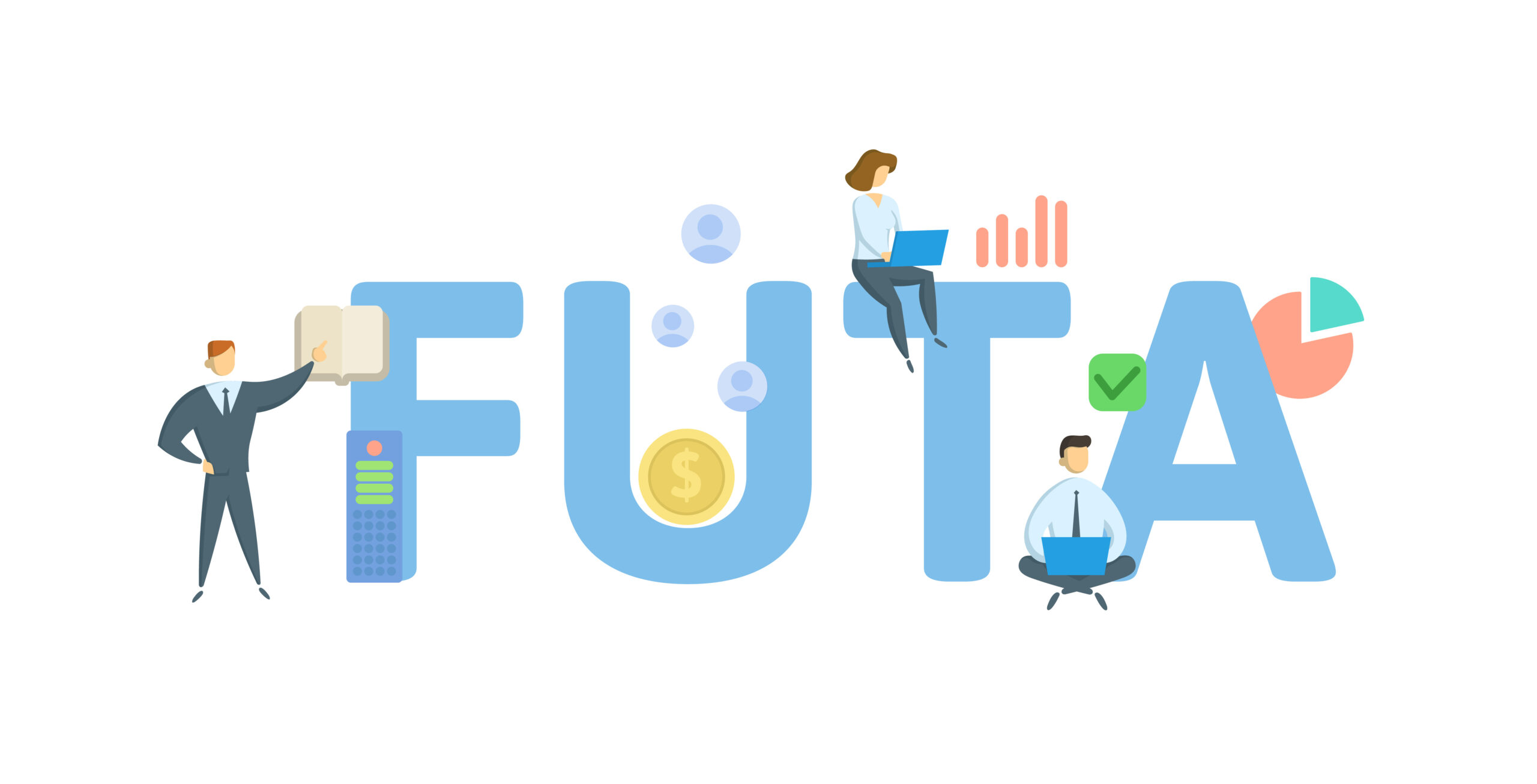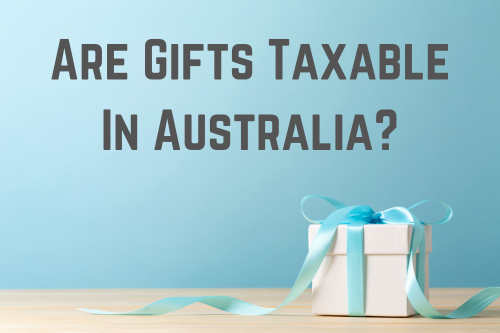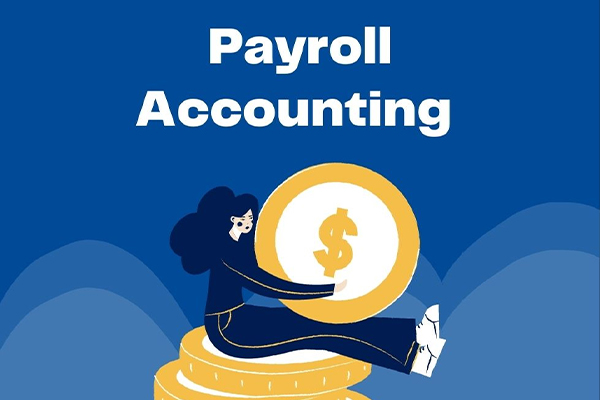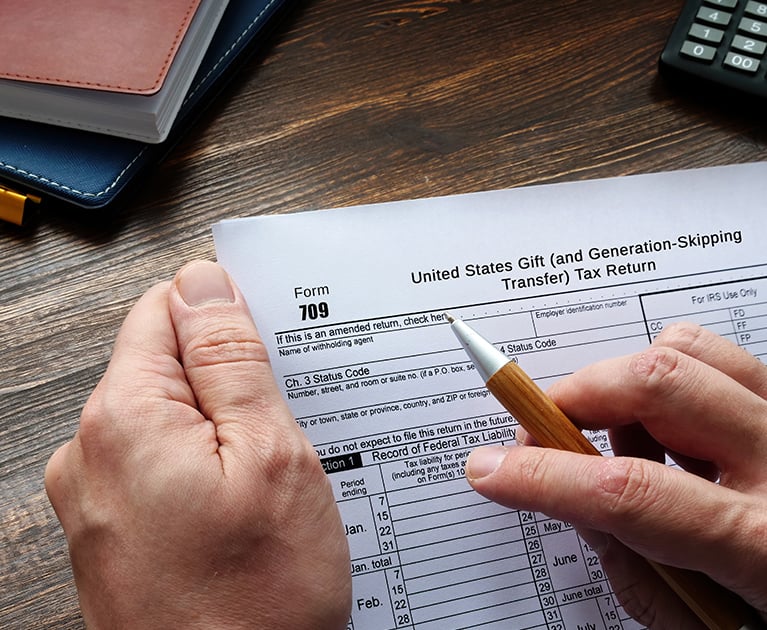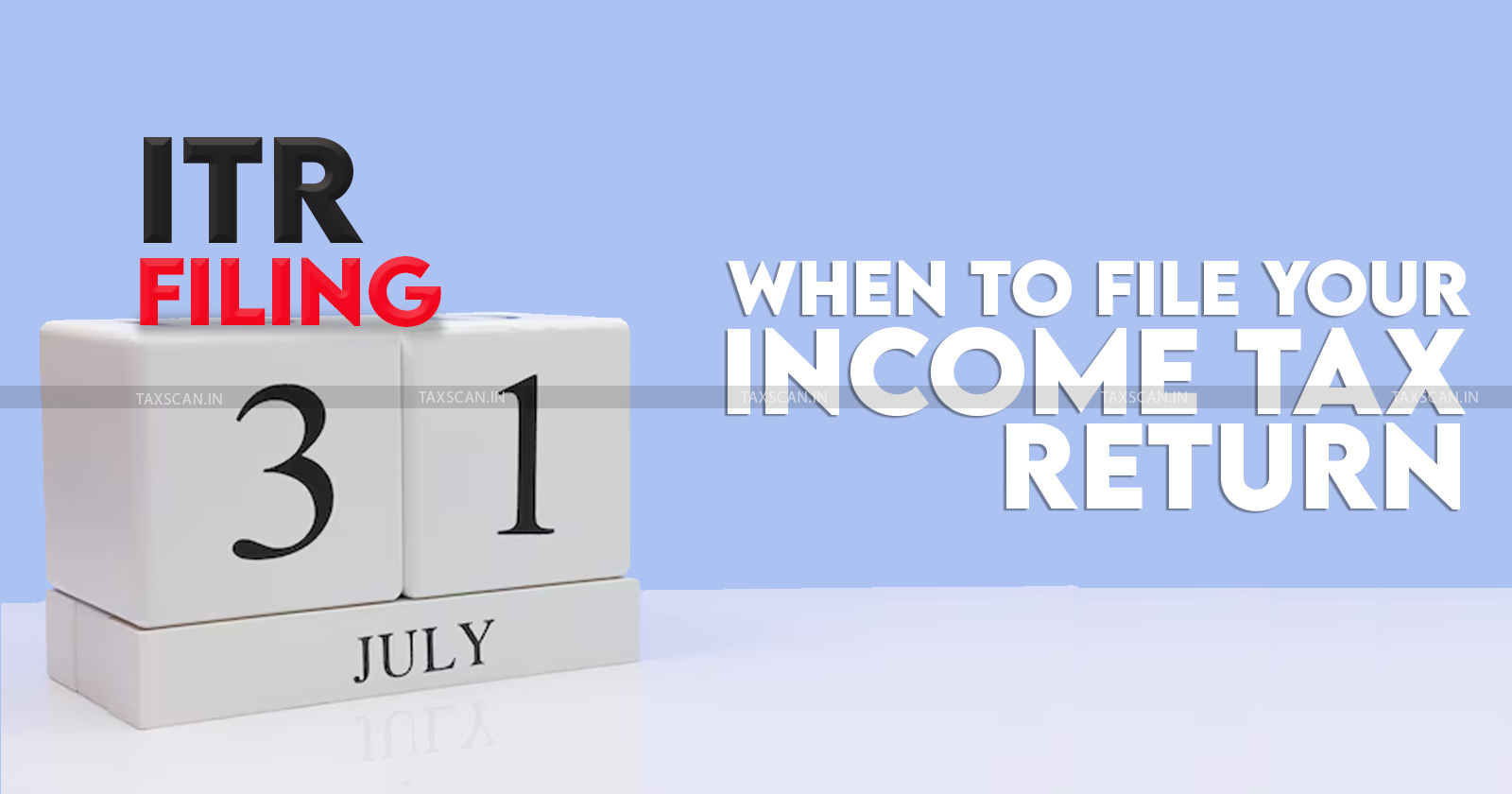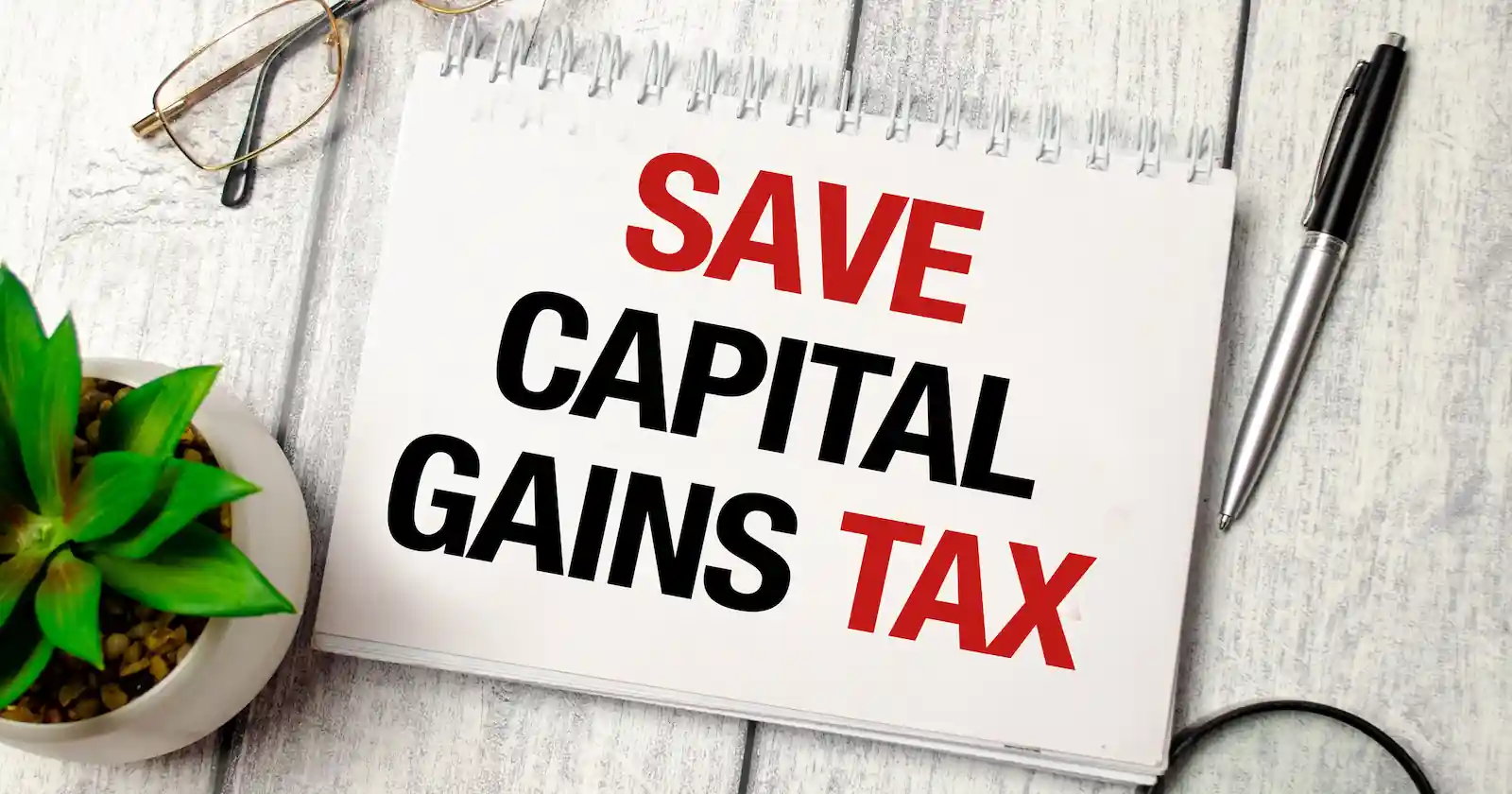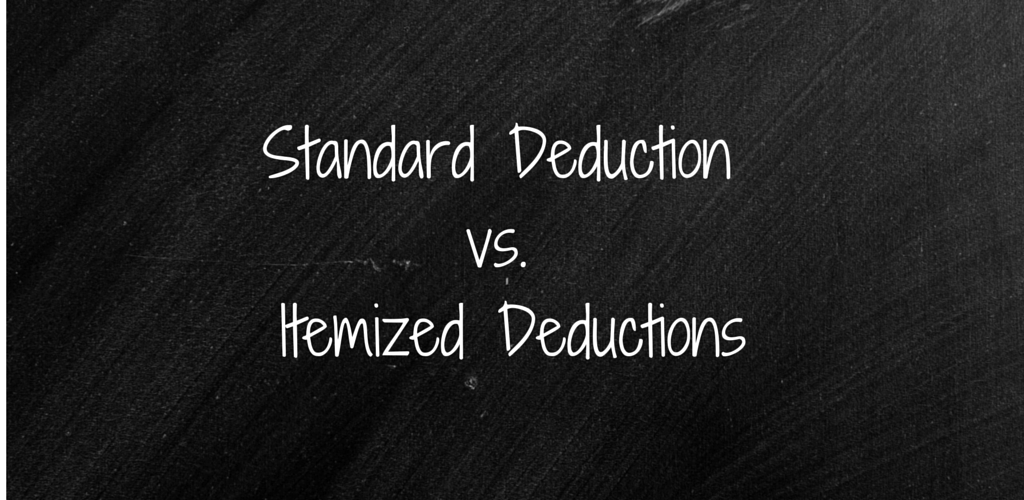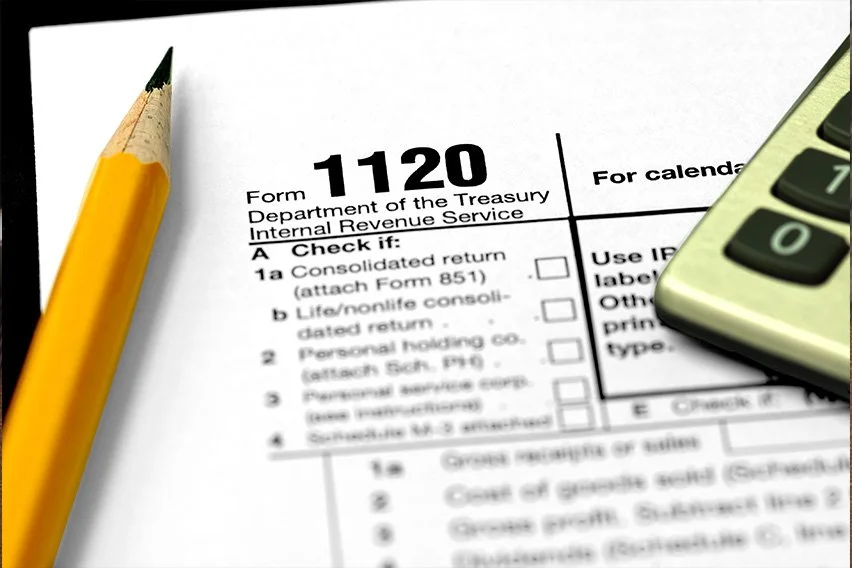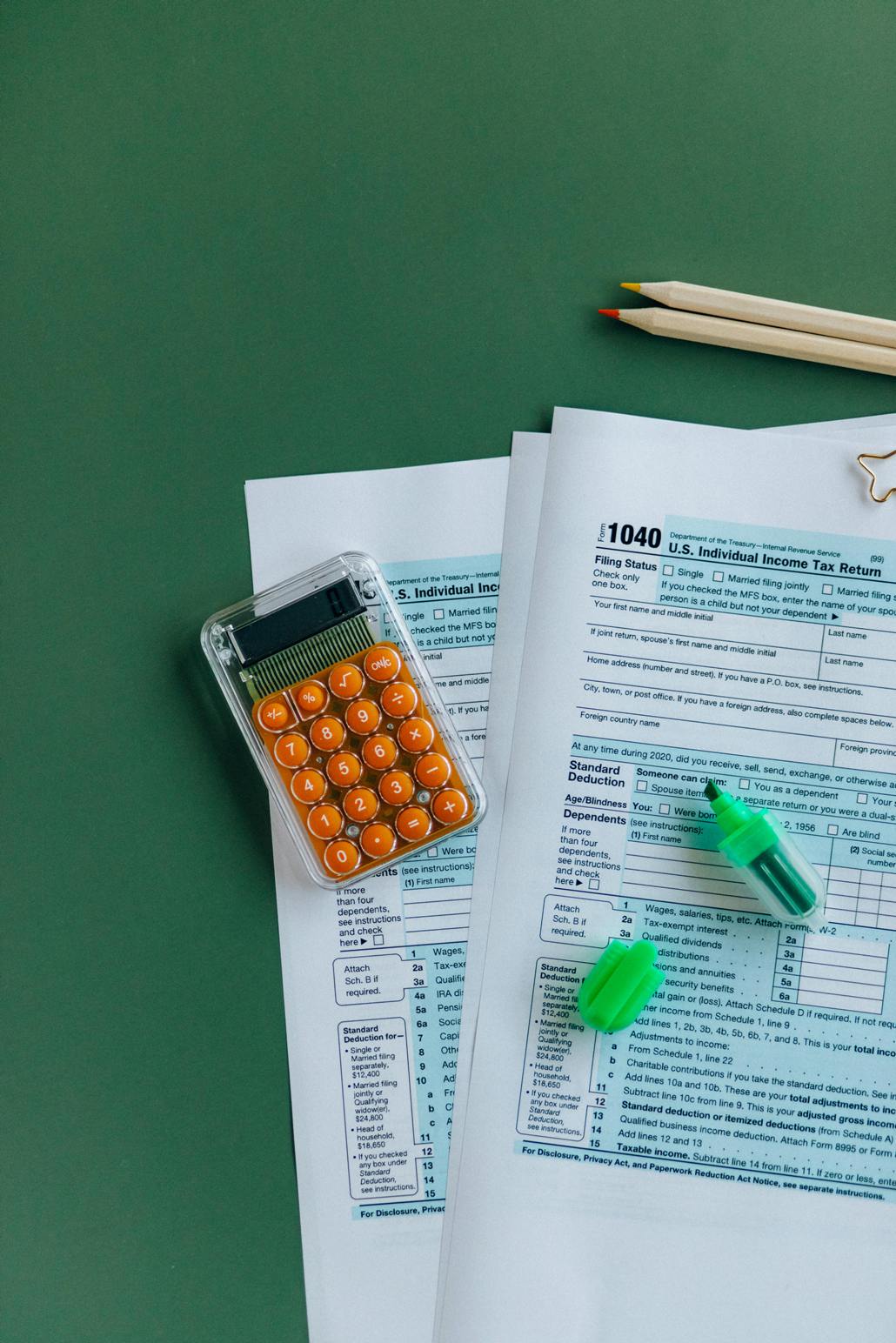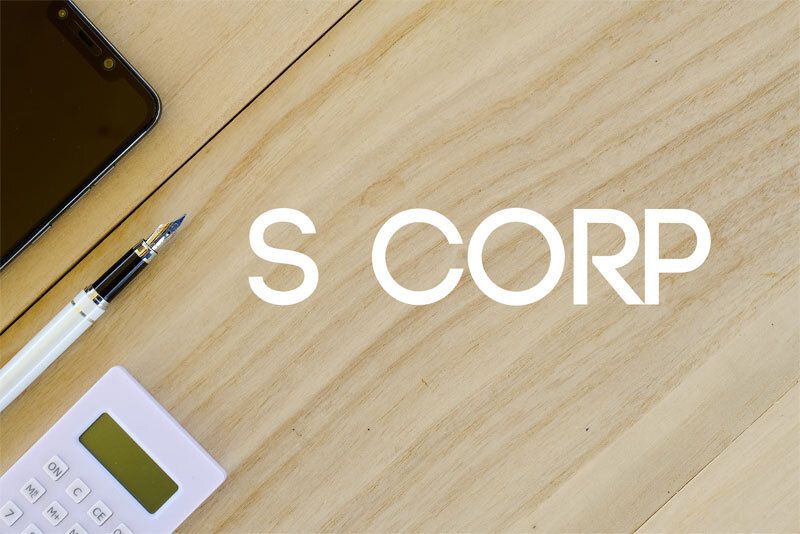VAT in Oman
Value Added Tax (VAT) is a relatively new concept in Oman, having been implemented on April 16, 2021, as part of the country’s broader economic reforms. The introduction of VAT in Oman is a significant milestone, aimed at diversifying the nation’s revenue sources and reducing reliance on oil. This article provides an in-depth look at VAT in Oman, exploring its key features, implementation, and impact on businesses and consumers.
Value Added Tax (VAT) is a relatively new concept in Oman, having been implemented on April 16, 2021, as part of the country’s broader economic reforms. The introduction of VAT in Oman is a significant milestone, aimed at diversifying the nation’s revenue sources and reducing reliance on oil. This article provides an in-depth look at VAT in Oman, exploring its key features, implementation, and impact on businesses and consumers.
Oman’s VAT law is based on the Unified VAT Agreement for the Gulf Cooperation Council (GCC), which outlines the framework for VAT implementation across GCC member states. The standard VAT rate in Oman is set at 5%, one of the lowest rates globally and in line with other GCC countries like Saudi Arabia and the UAE.
Scope of VAT in Oman
1.Taxable Supplies: VAT is applicable to most goods and services supplied in Oman, including imports. Businesses registered for VAT must charge VAT on their taxable supplies and remit it to the Tax Authority.
2.Exemptions and Zero-Rated Supplies:
Exempt Supplies: Certain supplies are exempt from VAT, including financial services, healthcare, education, and residential real estate. Businesses that deal exclusively in exempt supplies cannot claim input VAT.
Zero-Rated Supplies: These include exports of goods and services, international transport, and supply of certain medicines and medical equipment. While VAT is charged at 0%, businesses can still reclaim input VAT on related expenses.
3.Registration Requirements: Businesses with annual taxable supplies exceeding OMR 38,500 are required to register for VAT. Voluntary registration is available for businesses with supplies below this threshold but above OMR 19,250.
Implementation Timeline
Oman implemented VAT in a phased manner:
Phase 1 (April 16, 2021): Large businesses with annual supplies exceeding OMR 1 million were required to register.
Phase 2 (July 1, 2021): Businesses with supplies between OMR 500,000 and OMR 1 million.
Phase 3 (October 1, 2021): Businesses with supplies between OMR 250,000 and OMR 500,000.
Phase 4 (April 1, 2022): Small businesses with supplies between OMR 38,500 and OMR 250,000.
Conclusion
VAT in Oman marks a significant shift in the country’s fiscal policy, aligning it with global best practices. While the initial adjustment period posed challenges, the long-term benefits of VAT, such as diversified government revenue and increased economic resilience, are expected to outweigh the costs. For businesses operating in Oman, understanding and complying with VAT regulations is crucial for sustainable growth in the evolving economic landscape.
